
Did you know Darjeeling Tea, Kolhapuri Chappal and Tirupati Laddu are GI tagged? This week's TypeRight will take a dive into GIs and how local communities can make use of the GI tags and digital tools to have better livelihoods and convert their location into a destination.
Let's start with some basic definitions, and wikipedia isn't too bad to start: Geographical indication, or what we use GI for short, is a form of intellectual property that identifies a product as originating from a specific place, where a given quality, reputation or some other characteristic of the product is essentially attributable to its geographical origin. Every country has different regimes of laws that identify something having a GI- for India, geographical indications are governed by the Geographical Indications of Goods (Registration and Protection) Act, 1999.
According to Press Information Bureau there are 432 GI tagged locations in India. In fact government of India also allocated Rs. 75 crore for the promotion of GIs. A partial list is available at this Wikipedia page. Another link to go through a comprehensive list is available here.
Now we can see how GIs can be particularly important at a grassroot level, as it helps to preserve traditional knowledge and practices associated with a specific region. For example, in India, traditional handicrafts such as Chanderi silk and Kutch embroidery are protected under GI. This not only helps to preserve the cultural heritage of these regions, but also provides a source of income for local artisans and helps to promote the unique characteristics of these products to a global audience.
GI rankings clearly have huge potential to be a business opportunity. But most of these exclusive products in India has not been able to fully leverage the power of geographical indications. One reason for this is a lack of awareness and understanding of the concept among producers and consumers; there are challenges in terms of enforcing GI rights, as well as a lack of investment in marketing and promotion of GI products. While working on a project on mis/disinformation in MSMEs (Micro, Small and Medium Enterprises), Digital Empowerment Foundation's research team talked to several handloom craftsmen who told us that their products were being undercut because of cheap rip-off clothes sold with fake branding. We couldn't talk to everyone in the list, but we could sense this is an issue faced across GI products.

To fully realise the potential of geographical indications in India, there needs to be a concerted effort to raise awareness and understanding of the concept among all stakeholders, including producers, consumers and policymakers. This could be achieved through targeted education and awareness campaigns, as well as through the creation of a strong legal and regulatory framework to protect and promote geographical indications. Measures to counter misinformation among products are also just as important. There also needs to be a greater investment in the marketing and promotion of geographical indication products, both domestically and internationally. This could include providing financial support for small and medium-sized enterprises, as well as establishing trade fairs and other platforms to showcase geographical indication products.
Geographical indication has the potential to play a vital role in preserving traditional knowledge and practices, promoting unique regional products, and creating new business opportunities. By better understanding the concept and addressing the challenges that currently exist, India can fully leverage the power of geographical indication and create a sustainable future for its traditional artisans and industries.
Digital tools and digital empowerment can play a key role in helping to create new business opportunities and support communities working with geographical indications at the grassroots level. And at DEF, we have already started several such initiatives, like our Chanderiyaan Project and Digikargha. We had already covered some of these projects in an earlier TypeRight:
With digital empowerment, community management of GI registration process can be more efficient and effective by automating some of the processes. Another way digital tools can be used to support GI is through the creation of digital platforms that connect producers and consumers. A digital marketplace for GI products could be created that allows small and medium-sized enterprises to sell their products to a global audience. It can be combined with interactive and engaging marketing campaigns that promote the unique characteristics of GI products and help to build brand awareness. This is something Digikargha is already working on, and planning to expand in the coming months.

Another possible way digital tools can support GI is through the use of blockchain technology to establish provenance and authenticity of the products. This can help to protect the rights of producers and ensure that consumers are able to identify genuine GI products. This might help with the issue our researchers found while talking to the handloom community. By providing access to digital education and training, communities can acquire the skills they need to take advantage of new business opportunities created by geographical indications. It will also help communities to better organise themselves and collaborate with one another, as well as to connect with other stakeholders such as policymakers and businesses.
In the next 12 months to three years, DEF is starting to focus on GI and digital integration with the goal to convert each GI location into a destination. To start with, DEF would initiate the pilot with 10-15 GI-tagged locations. DEF also plans to launch a national level GI portal with all relevant information in one place.

In Other News
Here's a piece on why Data and Language skills must be integrally included in education:

And how digital education at the school level has helped the state of Kerala achieve this:

First, some updates from Abner as he posts a Daily Digital Story based on the work DEF does across the country:
And then another reminder that the Citizen Journalist application deadline has been extended:
See you next week, and a reminder to promote local produce!






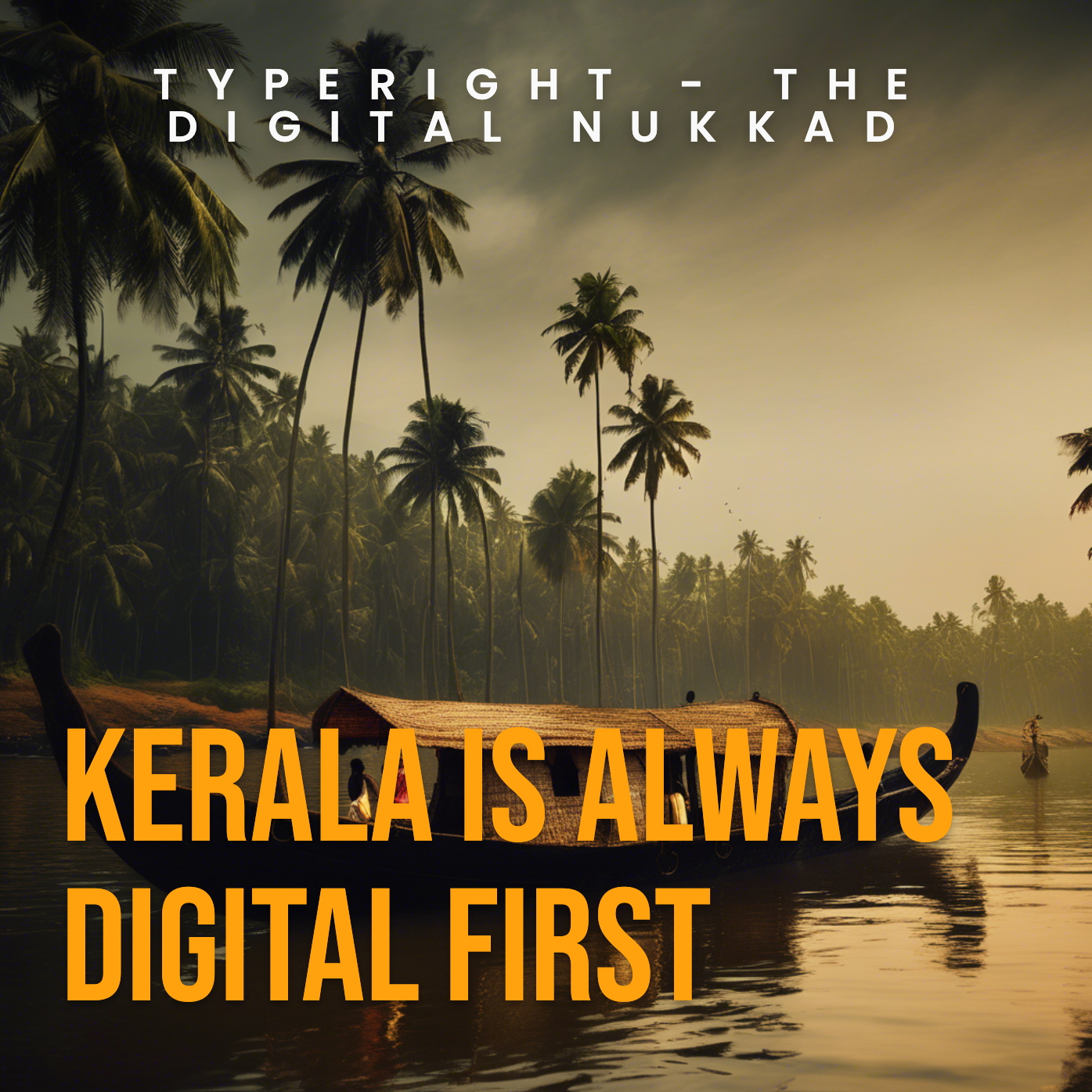
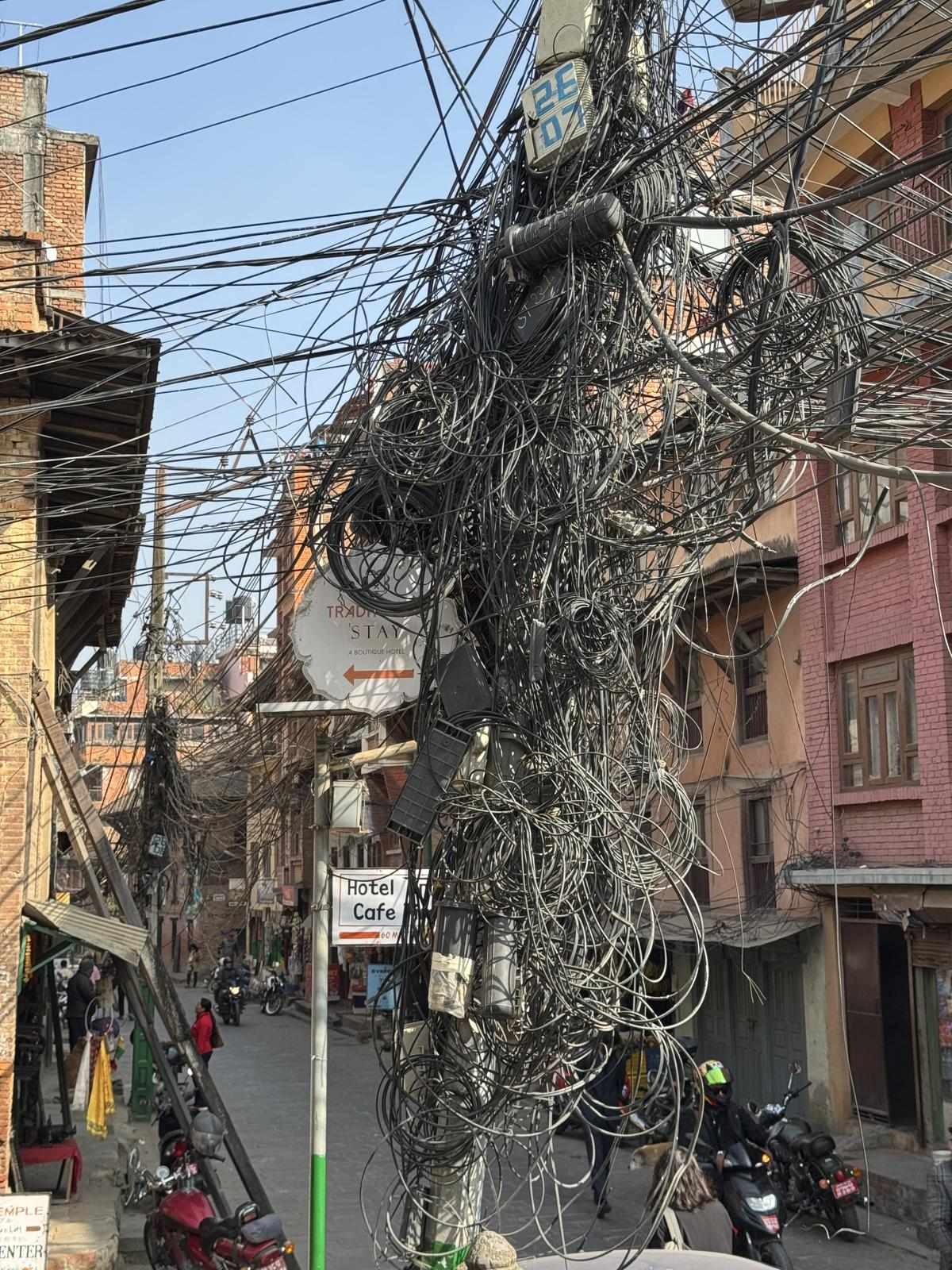
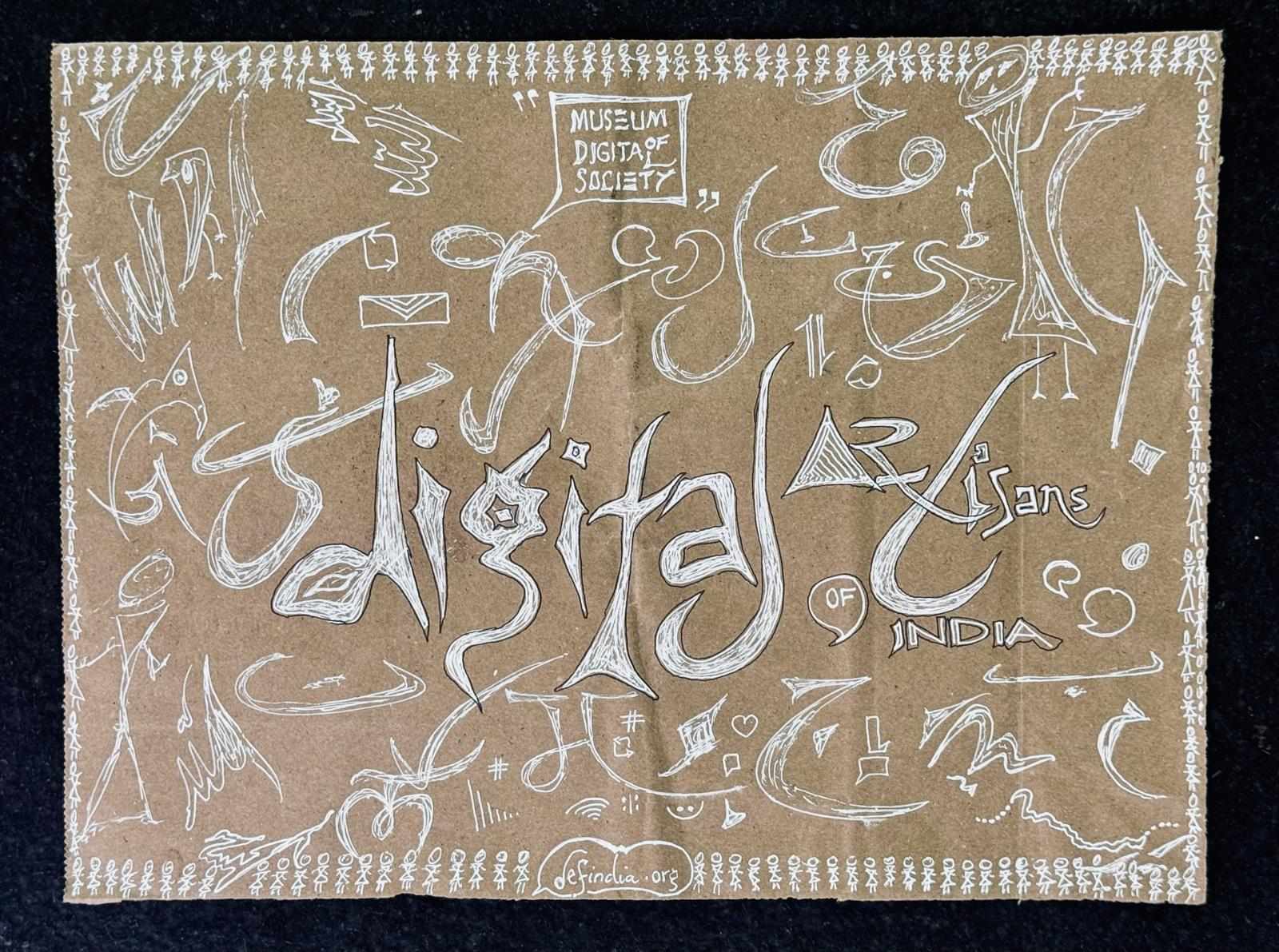
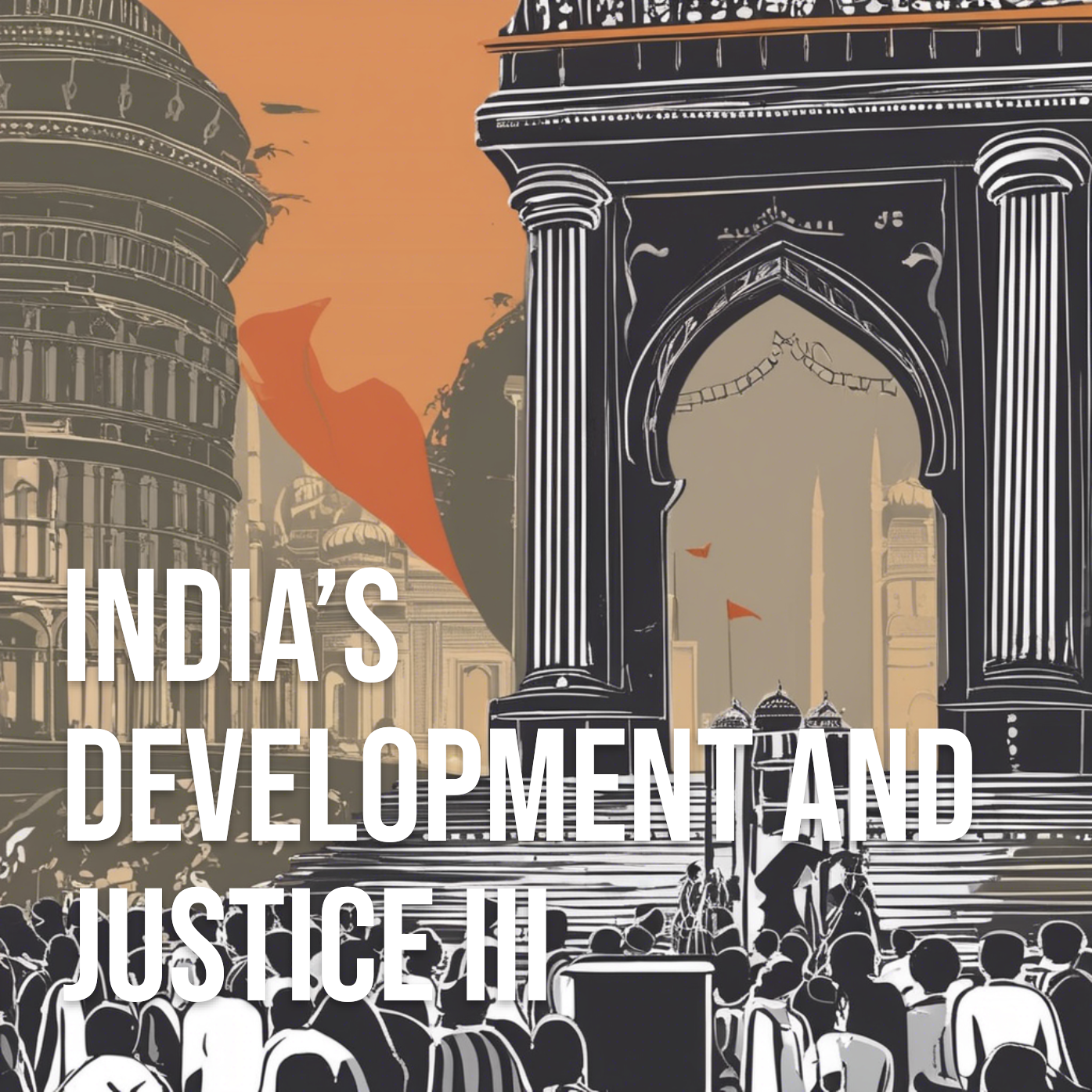
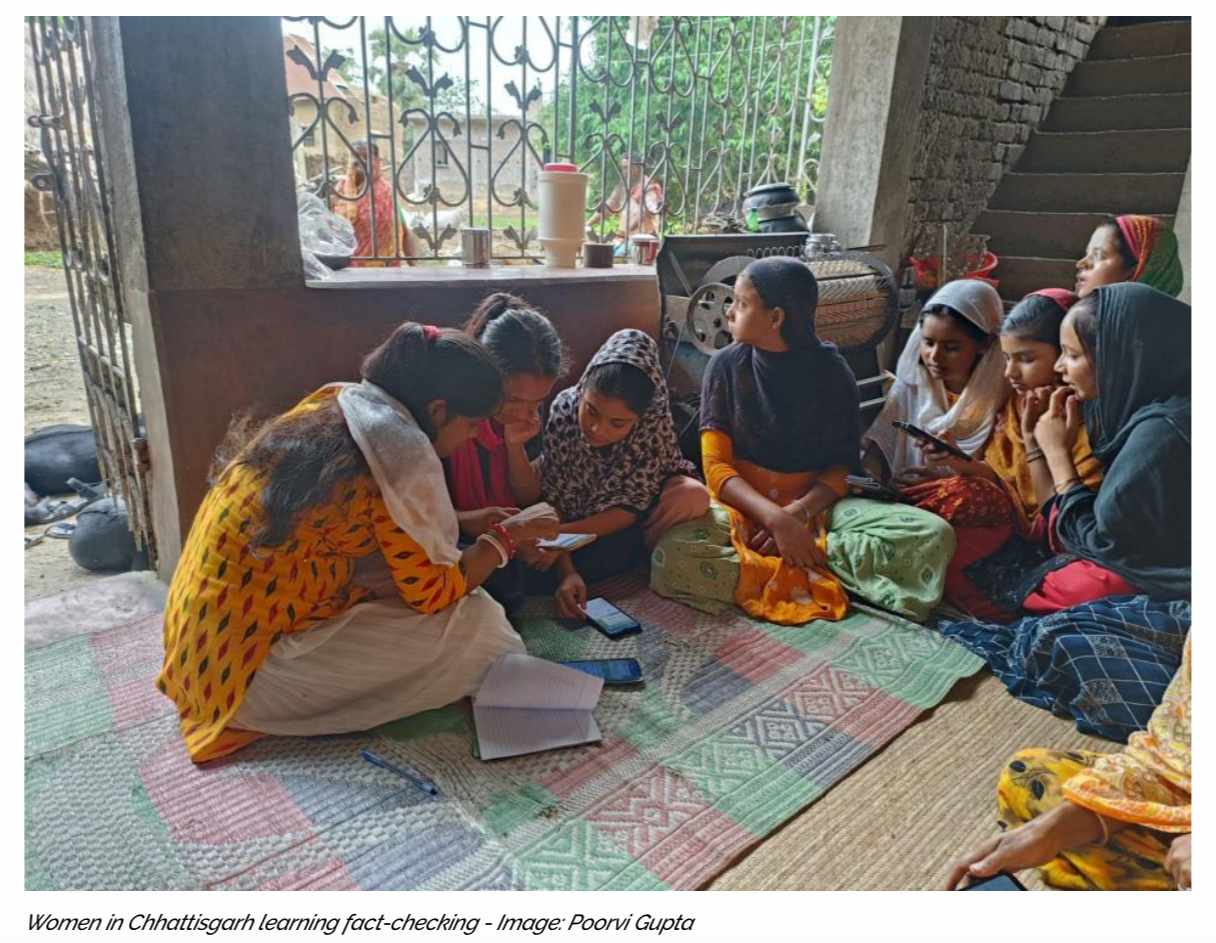


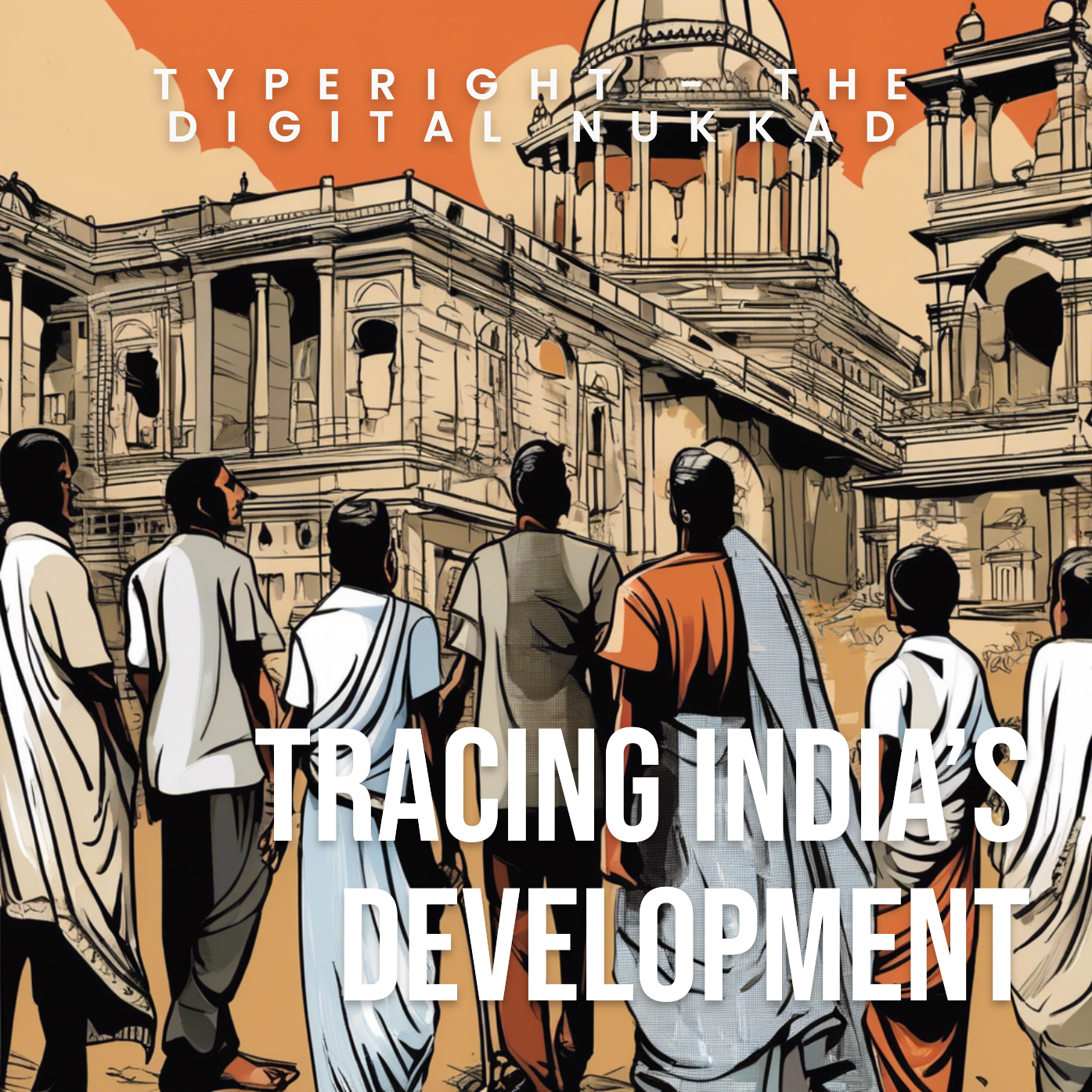









 might be?](https://sk0.blr1.cdn.digitaloceanspaces.com/sites/1394/posts/714526/dbc8de4c-5c50-411f-aba0-55cfb74a692d.jpeg)

Write a comment ...